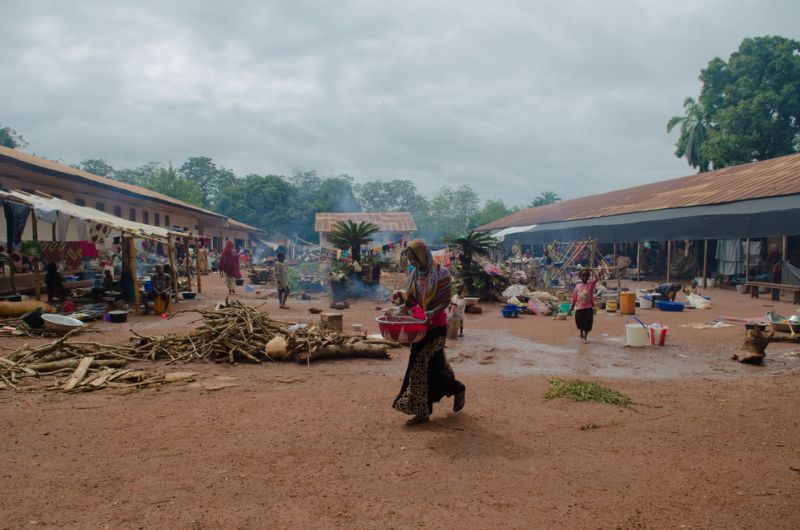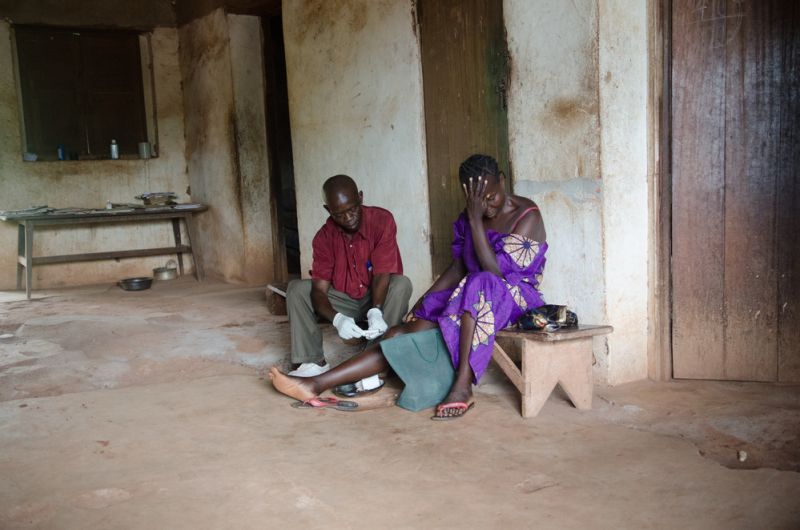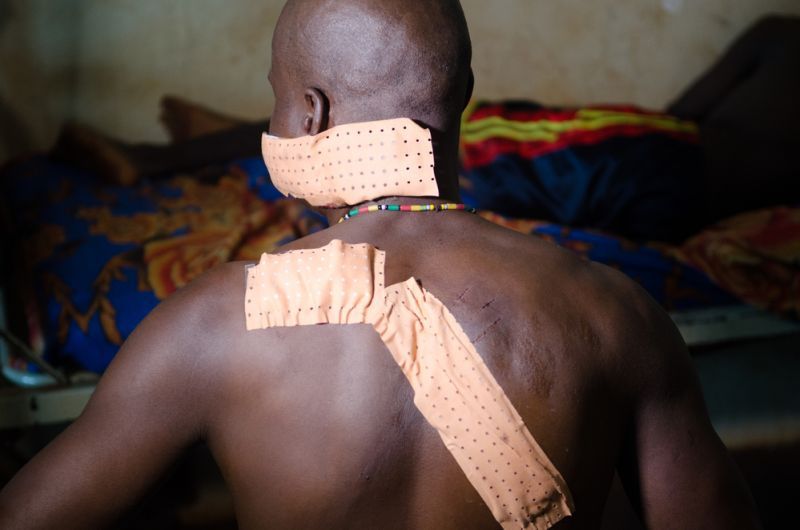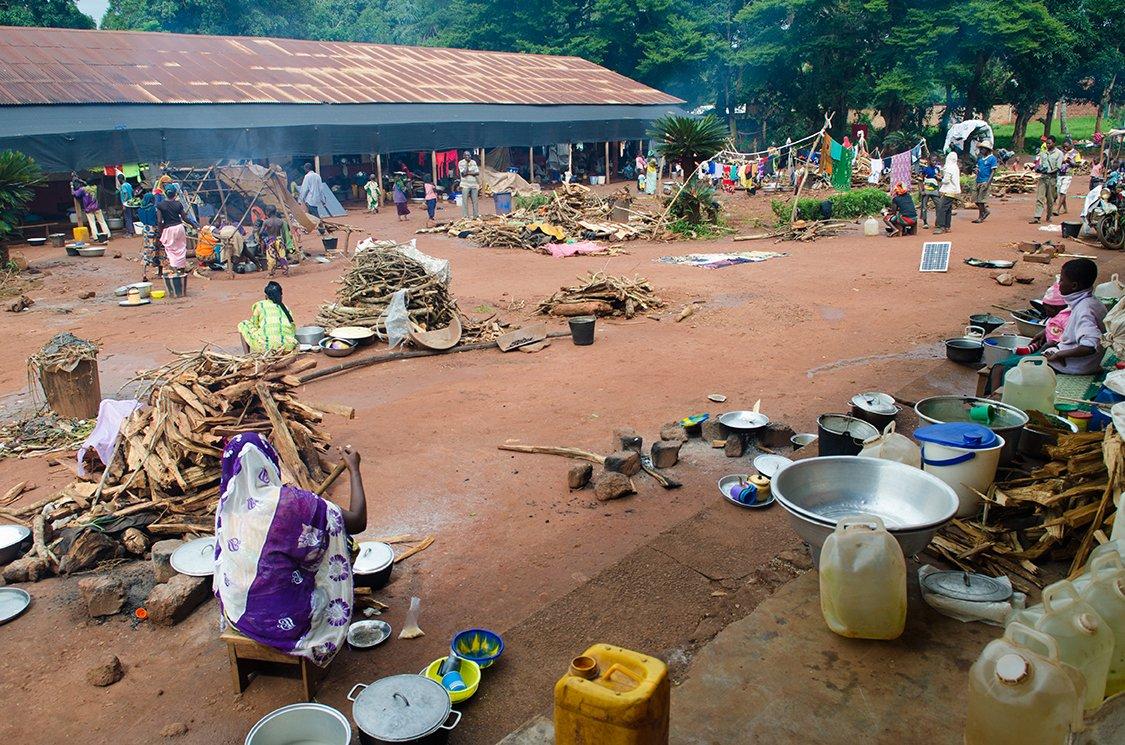Bangassou had only been marginally affected by the devastating conflict of 2013-2014 and was praised for the reconciliation work and social cohesion which followed. However, on May 13th the town’s Muslim neighborhood was attacked during a major offensive by so called “auto-defence” groups and the situation drastically changed: Bangassou has become a ghost town controlled by loosely organized armed men. Most of the population has fled to Ndu, on the Congolese side of the river, a trading post which now host over 16.000 people in addition to its 1.000 residents. The town is now patrolled by many armed men from the so called “auto defence” groups, though as you’ll see we could not get footage from them because it was too dangerous.

About 2.000 Muslim people have sought refuge in the “Petit Séminaire St Louis” that belongs to the Catholic Church and have been living there since May with little support from international actors. Indeed, recurrent fighting in town forced most actors to leave Bangassou and today only MSF and the Catholic church are present to provide services. The site does not fit the requirements for the protection of IDPs and despite presence of some MINUSCA around, most Muslim people do not feel secure enough to leave the site, nor risk going to town for fear of being killed by “auto-defense” groups.

MSF runs mobile clinics to this area and therefore can provide basic medical care to IDPs. However references to the MSF-run hospital in town, though possible, are very difficult and some IDP in need of hospitalization flat out refuse to be referred out of fear. MSF also runs mobile clinics in Ndu, on the Congolese side of the river, where they encounter the same difficulties if they need to refer Muslim patient to Bangassou hospital.
As a consequence of the violence and the massive displacement of population, the 115 bed hospital in Bangassou is only functioning at 60% of its capacity. In opposition peripheral health center supported by MSF, as well as mobile clinics, provides twice or three times more consultations than before. However, the poor living conditions of IDPs, the lack of medical staff or supply in most health centers in the region, as well as the fear which prevent people to seek help in medical structures in due time means that patients reach the hospital in a much more severe state than before. For example, MSF team in Bangassou have noticed this year an increase of severe malaria in the hospital.

The situation remains very volatile today in and around Bangassou. Since last week, heavy fighting has been raging in Gambo, a town 75 km West of Bangassou. Little information is filtering about the situation there but some wounded have arrived at the hospital to seek care. Meanwhile further north the health center of the town of Bakouma (135km), where violent fighting occurred in June and July, is barely functioning. MSF has been supplying drugs and referred wounded to Bangassou, but as an example, the last delivery registered in the health center dates from June 10th as pregnant women are too afraid to come to the health center for fear of renewed attacks. Nzako (150 km North of Bangassou) remains out of reach of our teams, and the echoes from there are very worrying. Finally, in the East of Bangassou conflict in Zemio is also increasing.
Read more:
Renewed violence in Central African Republic
Find out more MSF's work in the Central African Republic.
